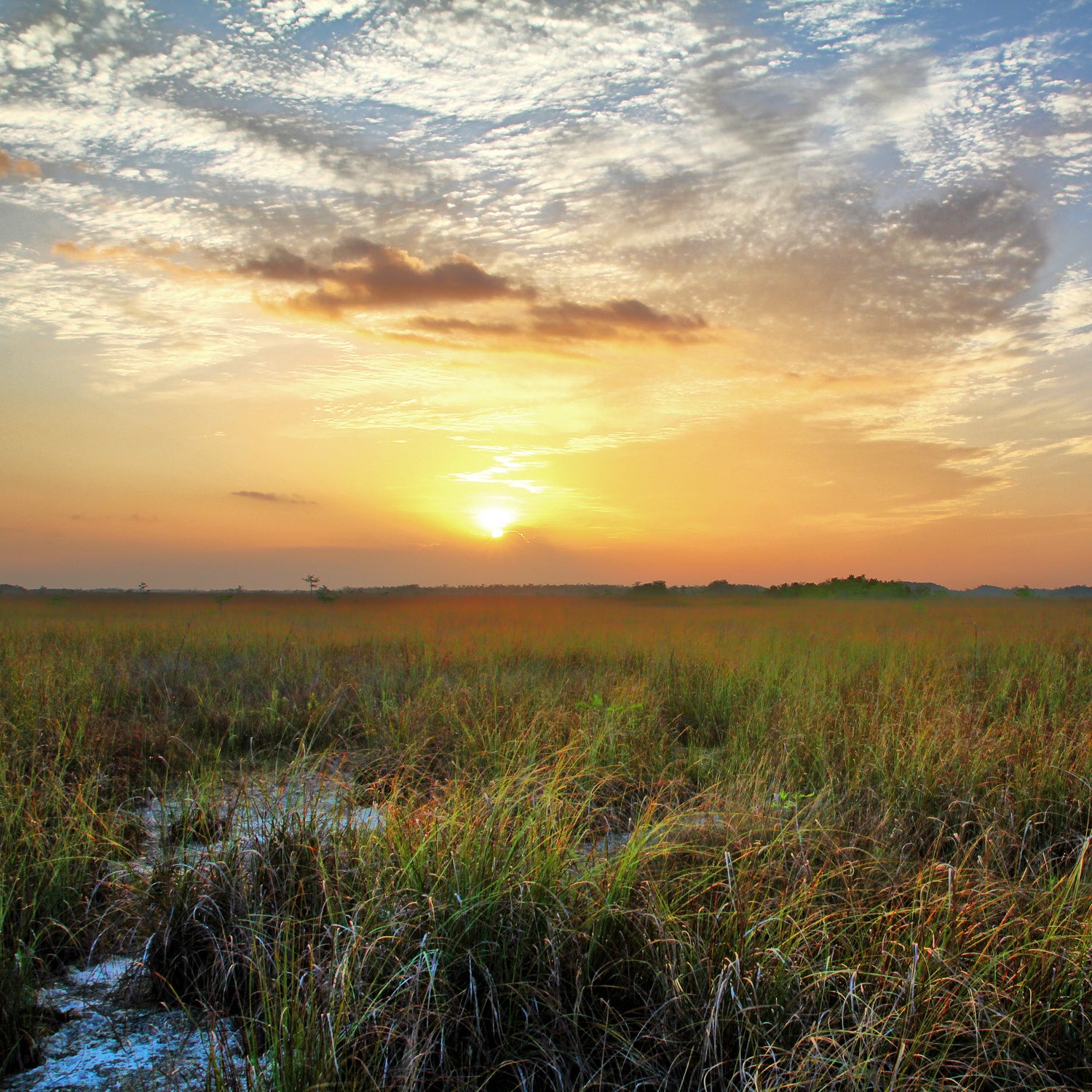A  released by the National Park Service (NPS) on Tuesday found that parks along the seashore of the continental United States are in danger from rising sea levels. Researchers for the NPS and Western Carolina University (WCU) determined that a one-meter increase in ocean height would put 39 percent (16 of the 40 parks evaluated) at a high exposure risk. The economic impact of the assets at risk is valued at $40 billion, referring to the amount it would cost to plan, design, and rebuild them.
To evaluate levels of risk, WCU researchers visited the parks, spoke with superintendents and other park officials, and took GPS coordinates to map the threatened areas. Any spots lower than one meter were found to be a high exposure risk. Features that would be at greater risk of damage from storms or changes in the landscape from a one-meter sea level rise also fell into the high-risk category.
Sixteen of the 40 parks fell into the low-exposure group, with less than 25 percent of their assets classified as high exposure risks. Eight parks fell in the intermediate exposure group. The Southeast had the most parks in the high exposure group, including the Everglades and Big Cypress National Preserve.
The one-meter rise is expected to happen within the next 100 to 150 years, according to the study, and the authors acknowledge that roads, buildings, and parking lots in some of the parksÔÇöparticularly those on low-lying barrier islandsÔÇöare already at risk, even without counting the dangers currently posed by┬ácoastal storms and erosion. The researchers also said they were conservative in ranking the level of exposure. ÔÇťIn other words,ÔÇŁ the authors wrote, ÔÇťthe assets identified in this study as being vulnerable are most certainly vulnerable, and the total is likely to be an underestimate.ÔÇŁ
An assessment of another 30 parks is already underway.


